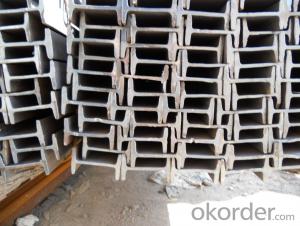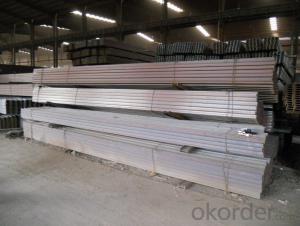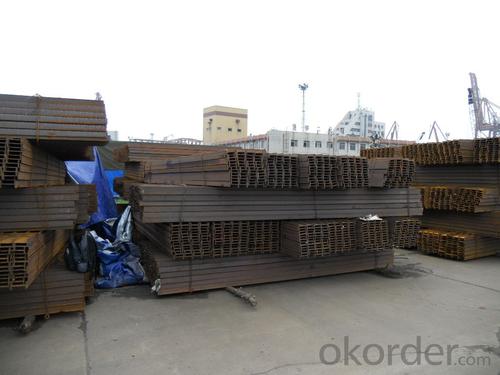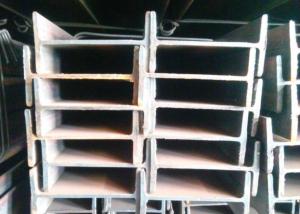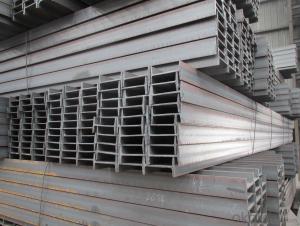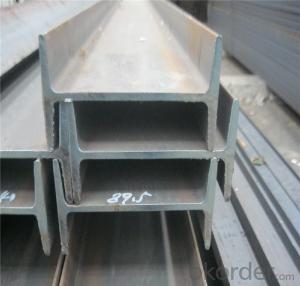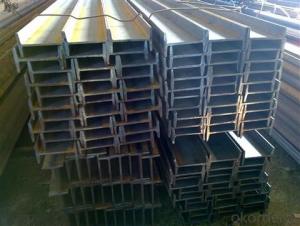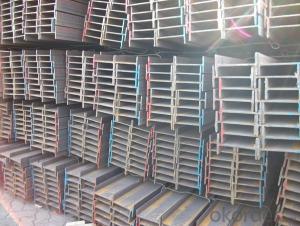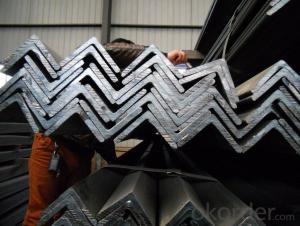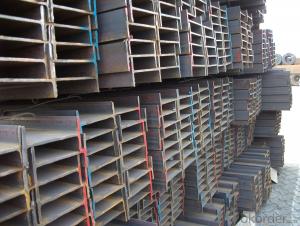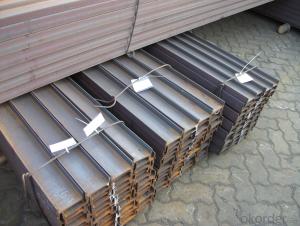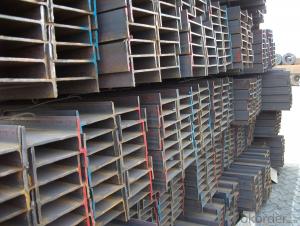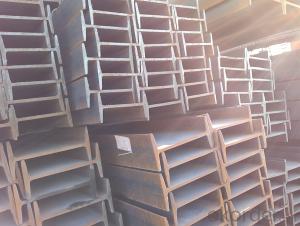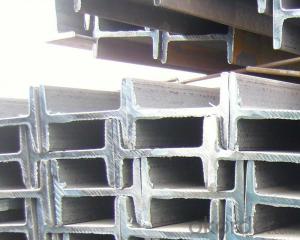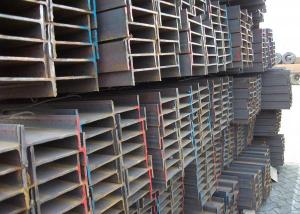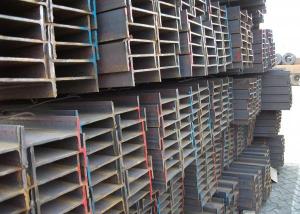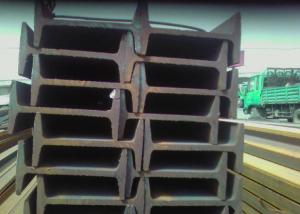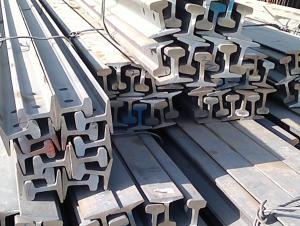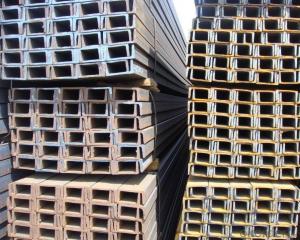IPEAA, IPE Steel Beams
- Loading Port:
- Tianjin
- Payment Terms:
- TT OR LC
- Min Order Qty:
- -
- Supply Capability:
- 100000 m.t./month
OKorder Service Pledge
OKorder Financial Service
You Might Also Like
Specifications of IPE/IPEAA Beam Steel
1. Product name: IPE/IPEAA Beam Steel
2. Standard: EN10025, GB Standard, ASTM, JIS etc.
3. Grade: Q235B, A36, S235JR, Q345, SS400 or other equivalent.
4. Length: 5.8M, 6M, 9M, 10M, 12M or as your requirements
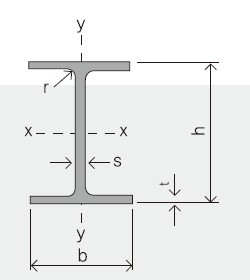
Section | Standard Sectional Dimensions(mm) | ||||
| h | b | s | t | Mass Kg/m |
IPE80 | 80 | 46 | 3.80 | 5.20 | 6.00 |
IPE100 | 100 | 55 | 4.10 | 5.70 | 8.10 |
IPE120 | 120 | 64 | 4.80 | 6.30 | 10.40 |
IPE140 | 140 | 73 | 4.70 | 6.90 | 12.90 |
IPE160 | 160 | 82 | 5.00 | 7.40 | 15.80 |
IPE180 | 180 | 91 | 5.30 | 8.00 | 18.80 |
IPE200 | 200 | 100 | 5.60 | 8.50 | 22.40 |
IPE220 | 220 | 110 | 5.90 | 9.20 | 26.20 |
IPE240 | 240 | 120 | 6.20 | 9.80 | 30.70 |
IPE270 | 270 | 135 | 6.60 | 10.20 | 36.10 |
IPEAA80 | 80 | 46 | 3.20 | 4.20 | 4.95 |
IPEAA100 | 100 | 55 | 3.60 | 4.50 | 6.72 |
IPEAA120 | 120 | 64 | 3.80 | 4.80 | 8.36 |
IPEAA140 | 140 | 73 | 3.80 | 5.20 | 10.05 |
IPEAA160 | 160 | 82 | 4.00 | 5.60 | 12.31 |
IPEAA180 | 180 | 91 | 4.30 | 6.50 | 15.40 |
IPEAA200 | 200 | 100 | 4.50 | 6.70 | 17.95 |
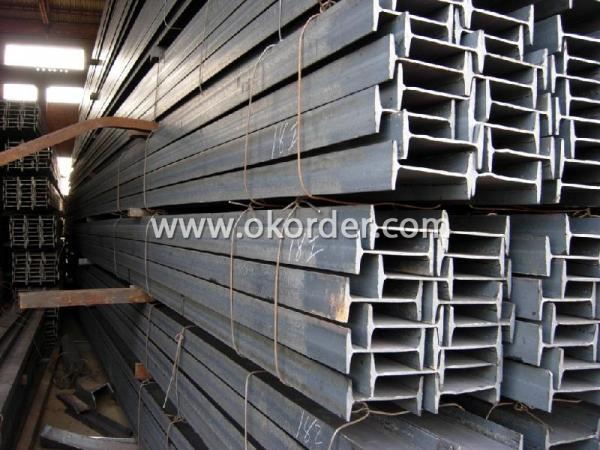
Applications of IPE/IPEAA Beam Steel
IPE/IPEAA Beam Steel are widely used in various construction structures, bridges, autos, brackets, mechanisms and so on.
Packing & Delivery Terms of IPE/IPEAA Beam Steel
1. Package: All the IPE/IPEAA Beam Steel will be tired by wire rod in bundles
2. Bundle weight: not more than 3.5MT for bulk vessel; less than 3 MT for container load
3. Marks:
Color marking: There will be color marking on both end of the bundle for the cargo delivered by bulk vessel. That makes it easily to distinguish at the destination port.
Tag mark: there will be tag mark tied up on the bundles. The information usually including supplier logo and name, product name, made in China, shipping marks and other information request by the customer.
If loading by container the marking is not needed, but we will prepare it as customer request.
4. Shipment: In containers or in bulk cargo
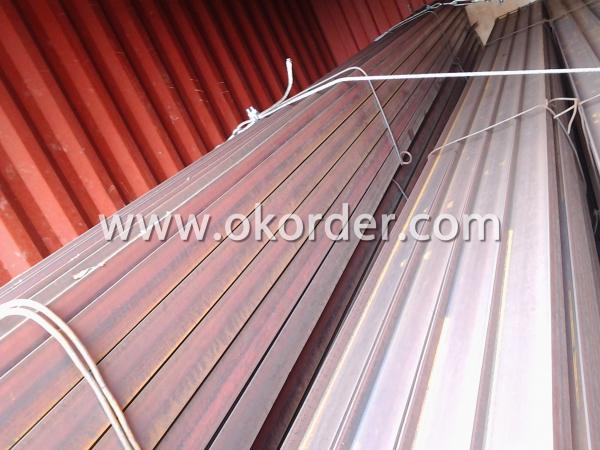
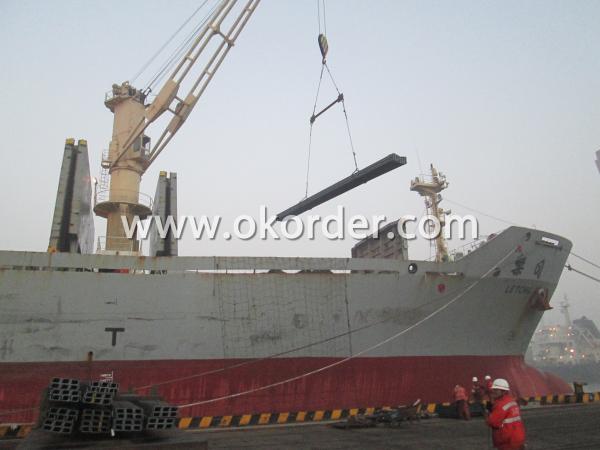
5. Delivery time: All the IPE/IPEAA Beam Steel will be at the port of the shipment within 45 days after receiving the L/C at sight ot the advance pyment.
6. Payment: L/C at sight; 30% advance payment before production, 70% before shipment by T/T, etc.
Production flow of IPE/IPEAA Beams
Material prepare (billet) —heat up—rough rolling—precision rolling—cooling—packing—storage and transportation
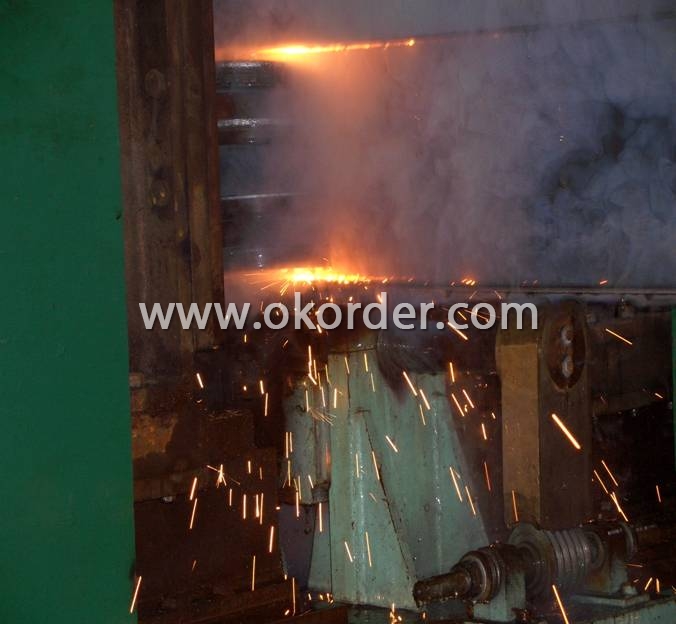
- Q: What are the different sizes and dimensions of steel I-beams?
- Steel I-beams, also referred to as H-beams or W-beams, are available in various sizes and dimensions to accommodate different construction and engineering needs. The manufacturer and intended use can affect the specific sizes and dimensions of steel I-beams. Nevertheless, there are commonly accessible standard sizes and dimensions. These encompass: 1. Wide Flange: Wide flange I-beams possess a broader flange in comparison to the web's height. Wide flange I-beams can have depths (height) ranging from 4 inches to 44 inches and flange widths ranging from 4.5 inches to 18 inches. The flange thickness and web thickness may also differ. 2. American Standard: Also known as S beams or junior beams, American Standard I-beams feature narrower flanges relative to the web's height. American Standard I-beams can have depths ranging from 3 inches to 24 inches and flange widths ranging from 2.33 inches to 12 inches. The flange thickness and web thickness can also vary. 3. European Standard: European I-beams, also known as HEA, HEB, or HEM beams, adhere to a distinct dimension standard compared to American and wide flange beams. European I-beams are measured in millimeters instead of inches. European standard I-beams can have heights ranging from 80 mm to 1,000 mm and flange widths ranging from 46 mm to 1,000 mm. The flange thickness and web thickness may also differ. It is worth noting that the specific sizes and dimensions of steel I-beams can be influenced by factors such as load-bearing requirements, span length, and structural design considerations. Consulting engineering or construction reference materials, or reaching out to a manufacturer or supplier, can provide more detailed information regarding the sizes and dimensions available for specific applications.
- Q: Is outside building protection single row bent with cantilever steel instead of channel steel?
- JGJ130-2011 "construction of fastener type steel pipe scaffolding safety technical specifications" article 6.10.2 provides that cantilever steel beam applied biaxial symmetric steel, steel beam cross section shall not be less than 160mm.Therefore, the channel shall not be used (cross section asymmetry, cantilever bending, cross section is more likely to lose stability)
- Q: What are the different types of connections used with steel I-beams?
- There are several types of connections used with steel I-beams, including welded connections, bolted connections, and pinned connections. Welded connections involve joining the I-beams using a welding process, creating a strong and permanent connection. Bolted connections use bolts and nuts to secure the beams together, providing a sturdy and easily adjustable connection. Pinned connections involve using pins or bolts placed through holes in the beams, allowing for rotational movement at the connection point while still maintaining support.
- Q: How do steel I-beams contribute to the overall stability and strength of a structure?
- Steel I-beams contribute to the overall stability and strength of a structure by providing structural support and load-bearing capacity. The I-shaped design allows for efficient distribution of weight and forces, minimizing deflection and preventing structural failure. The beams' high strength-to-weight ratio allows for longer spans and taller structures, reducing the need for additional support columns. Additionally, their resistance to bending and torsion ensures the stability and rigidity of the entire structure, making steel I-beams an essential component for ensuring the overall integrity and safety of the building.
- Q: What's the difference between 16# I-beam and 16A I-beam?
- I-beam is also called steel girder (English name Universal Beam). It is a strip of steel with an I-shaped section. I-beam is made of ordinary I-beam and light i-beam. It is a section steel with an I-shaped section.
- Q: Can steel I-beams be used in residential high-rise building construction?
- Residential high-rise buildings can indeed incorporate steel I-beams. Their exceptional strength and durability make them a common choice in constructing such buildings. They possess remarkable load-bearing capabilities, which are essential for supporting multiple floors and accommodating diverse architectural designs. Furthermore, steel I-beams exhibit fire resistance and can endure severe weather conditions, rendering them a dependable option for high-rise construction. Additionally, steel qualifies as a sustainable and recyclable material, aligning perfectly with the increasing focus on environmentally friendly building practices. Consequently, steel I-beams emerge as a favored selection for residential high-rise building construction.
- Q: How do engineers determine the required size of a steel I-beam for a specific application?
- Engineers determine the required size of a steel I-beam for a specific application by considering various factors such as the load it needs to support, the span it needs to cover, and the desired deflection limits. They analyze the structural requirements using mathematical formulas, computer simulations, and industry standards to ensure the I-beam can safely withstand the anticipated forces and maintain the desired level of structural integrity.
- Q: What are the different types of steel connections used for Steel I-Beams in industrial plants?
- There are several types of steel connections commonly used for Steel I-Beams in industrial plants. These connections are essential for ensuring the stability and structural integrity of the beams in various applications. Some of the different types of steel connections used include: 1. Welded connections: This is one of the most common types of connections used for Steel I-Beams. In this method, the beams are joined together by welding the flanges and webs of the beams. Welded connections provide excellent strength and rigidity, making them suitable for heavy-duty applications. 2. Bolted connections: Bolted connections involve using bolts and nuts to connect the I-Beams. This type of connection offers flexibility in terms of disassembling and reassembling the beams if required. Bolted connections are relatively easier to install and can be adjusted or replaced easily. 3. Riveted connections: Similar to bolted connections, riveted connections use rivets instead of bolts and nuts. Rivets are inserted through pre-drilled holes in the flanges and webs of the I-Beams and then hammered to secure them in place. Riveted connections provide high strength and durability, but they are less commonly used nowadays due to the labor-intensive installation process. 4. Moment connections: These connections are specifically designed to transfer bending moments between steel I-Beams. Moment connections are crucial in industrial plants where the beams are subjected to heavy loads and require additional support to resist bending. They are typically achieved by welding or bolting specialized components, such as end plates or beam seats, to the I-Beams. 5. Shear connections: Shear connections are used to transfer shear forces between the I-Beams. These connections ensure that the beams can withstand lateral or horizontal forces effectively. Shear connections can be achieved through welding, bolting, or a combination of both. 6. Gusset plate connections: Gusset plate connections involve the use of a steel plate, known as a gusset plate, to connect the I-Beams. The gusset plate is typically welded or bolted to the flanges and webs of the beams, providing additional strength and stability to the connection. Each type of steel connection has its advantages and disadvantages, and the appropriate choice depends on factors such as the load requirements, design considerations, and construction methods. Professional structural engineers and steel fabricators usually determine the most suitable connection type based on the specific needs of the industrial plant.
- Q: Are Steel I-Beams susceptible to termite damage?
- No, steel I-beams are not susceptible to termite damage as they are made of steel, which is not a material that termites can feed on or damage.
- Q: What is the most cost-effective size for a steel I-beam?
- The most cost-effective size for a steel I-beam depends on various factors such as the load it needs to support, the span or distance it needs to cover, and the specific requirements of the project. A structural engineer or a steel fabricator would be best suited to determine the most cost-effective size based on these specific project parameters.
Send your message to us
IPEAA, IPE Steel Beams
- Loading Port:
- Tianjin
- Payment Terms:
- TT OR LC
- Min Order Qty:
- -
- Supply Capability:
- 100000 m.t./month
OKorder Service Pledge
OKorder Financial Service
Similar products
Hot products
Hot Searches
Related keywords

